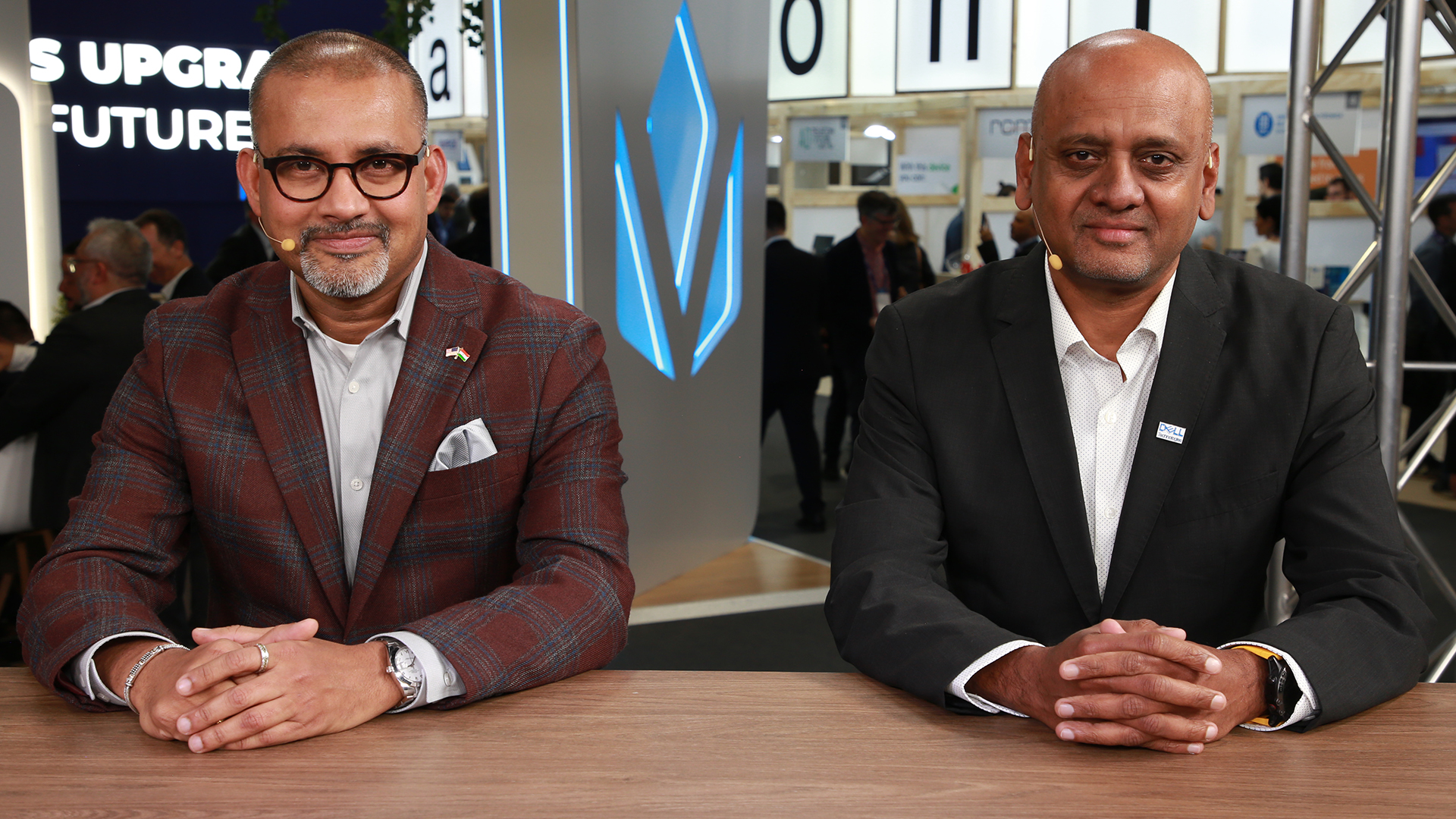
The fast-paced world of mobile communications has always brought forth several cutting-edge innovations, each offering improvements in one area or another.
The newest of those is open radio access network infrastructure. From cost savings to end-user value creation, what possibilities does the Open RAN standard hold for telecom operators?
“If you look at the technology landscape, especially in the telco space, we’re [at] an important tipping point,” said Anand Swamy (pictured, left), executive vice president and global head of ecosystems at HCL Technologies Ltd. “The technology has not changed as much over the last two, three decades as it has done. The whole disaggregation of the stack between the antennas, the RUs, BBUs and the CU — and the disaggregation of the software and hardware piece of it — is completely changing the dynamics. It’s creating some greater opportunities for telcos and some challenges as well.”
Swamy and Satish Iyer (right), VP and general manager of emerging services at Dell Technologies Inc., spoke with theCUBE analysts Dave Vellante and Savannah Peterson at MWC Barcelona, during an exclusive broadcast on theCUBE, SiliconANGLE Media’s livestreaming studio. They discussed the Open RAN standard, probing its implications on network infrastructure and beyond. (* Disclosure below.)
Decoding Open RAN: Disaggregation and transformation
Open RAN is an ongoing shift in mobile network architectures that allows interoperation between cellular network equipment sourced from different vendors, subsequently creating an open web of non-proprietary subcomponents.
At the heart of this paradigm shift, the disaggregation of hardware and software components has the potential to drive agility, cost reduction and market differentiation for telecom operators. On the other hand, a disaggregated stack also adds intricacies that operators have to manage.
“When you have a disaggregated track, it drives complexity as well — and therefore the need to integrate better and design your networks better, address security challenges, all of that is part of the conversation today,” Swamy said. “And [as] we’re looking at the adoption curve, Open RAN is still in the infancy state.”
While the promise of Open RAN is undeniable, navigating its complexities presents a formidable challenge. It’s therefore worthwhile to underscore the importance of standardization, security and interoperability in ensuring the seamless integration and operation of disaggregated network components. To that end, the cutting-edge improvements to cloud and artificial intelligence available today must be leveraged, according to Iyer.
“AI is here now, the compute power is here now and the level of sophistication of data and cloud is here now,” he said. “I think in order for some of these transformational things to happen, a lot of these things start to come together. I think this is probably as [good] a time as any, because we can see all these massive changes happening … that basically brings a great opportunity for things like Open RAN.”
Beyond traditional telecommunications, Open RAN holds immense potential for industries ranging from manufacturing to healthcare. With its promise of low latency, high bandwidth and intelligent decision-making, this standard can pave the way for transformative applications in edge computing and the Internet of Things, Iyer added.
Here’s the complete video interview, part of SiliconANGLE’s and theCUBE Research’s coverage of MWC Barcelona:
[embedded content]
(* Disclosure: TheCUBE is a paid media partner for the MWC Barcelona event. No sponsors have editorial control over content on theCUBE or SiliconANGLE.)
Photo: SiliconANGLE
Your vote of support is important to us and it helps us keep the content FREE.
One click below supports our mission to provide free, deep, and relevant content.
Join our community on YouTube
Join the community that includes more than 15,000 #CubeAlumni experts, including Amazon.com CEO Andy Jassy, Dell Technologies founder and CEO Michael Dell, Intel CEO Pat Gelsinger, and many more luminaries and experts.
THANK YOU
This post was originally published on the 3rd party mentioned in the title ofthis site





